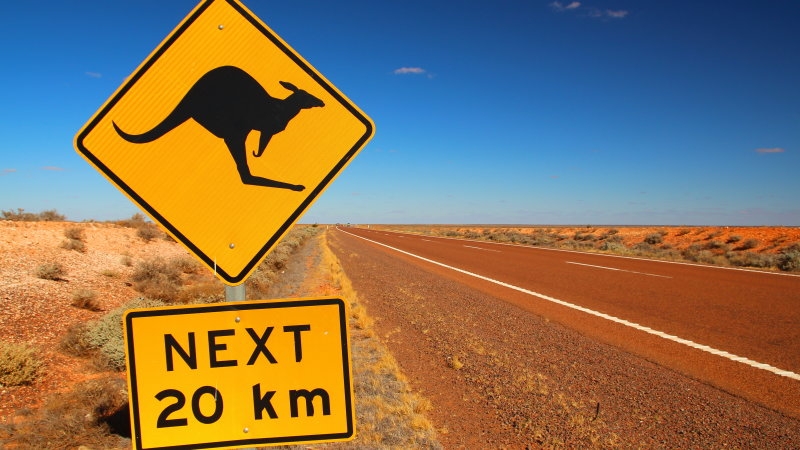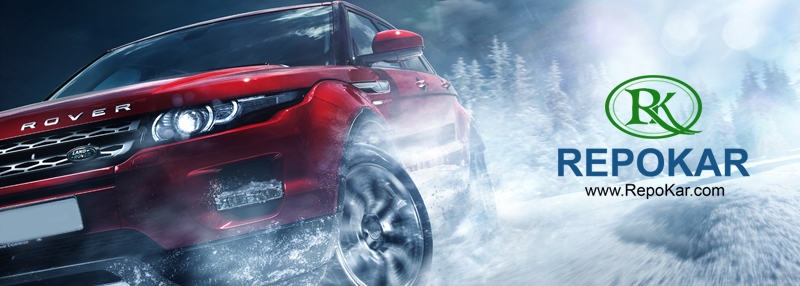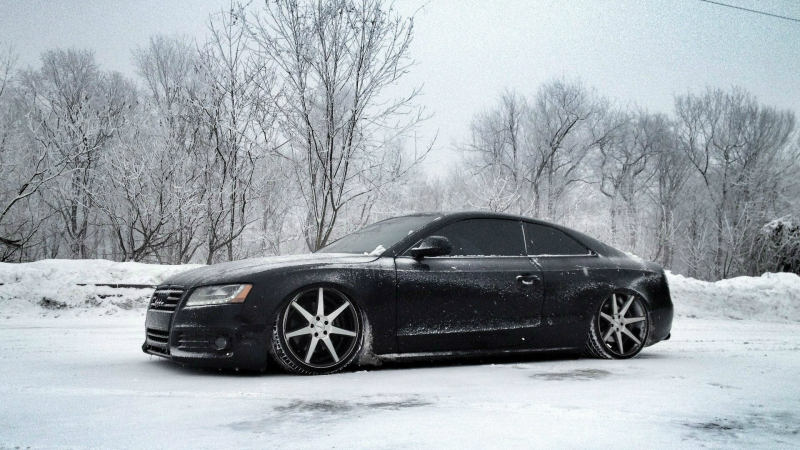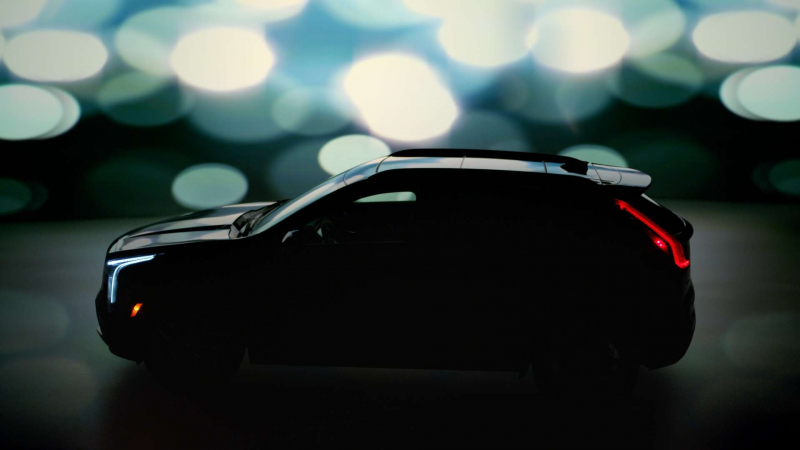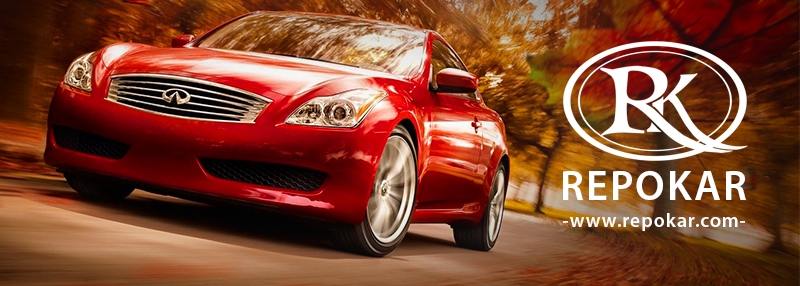Volvo admits that its self-driving cars are unable to detect kangaroos because hopping confounds their systems. The company’s “Large Animal Detection system” can identify and avoid deer, elk and caribou, but early testing in Australia shows it cannot adjust to the kangaroo’s unique method of movement.

The managing director of Volvo Australia, Kevin McCann, said the discovery was part of the development and testing of driverless technology, and wouldn’t pose problems by the time Volvo’s driverless cars would be available in 2020. He also added that any company that would be working on the autonomous car concept would be having to do the same developmental work. He said they brought their engineers into Australia to begin the exercise of gathering the data of how the animals can move and behave so the computers can understand it more. The troubles had arisen because their cars’ object detection systems used the ground as a reference point. This meant a kangaroo’s hopping was making it difficult to judge how close they were.

Volvo’s detection system was designed in Sweden, where it was tested in areas populated with moose, before trials at a nature reserve in Canberra revealed the problem with kangaroos. Kangaroos cause more accidents than any other animal in Australia – the marsupials are responsible for about 90% of collisions between vehicles and animals – although most are not serious. Volvo plans to release its first autonomous cars by 2020 and has pledged zero fatalities or serious injuries from all its cars by that time.

